 Plant Nature Study I
Plant Nature Study I
Plant Nature Study I
Plant Nature Study I

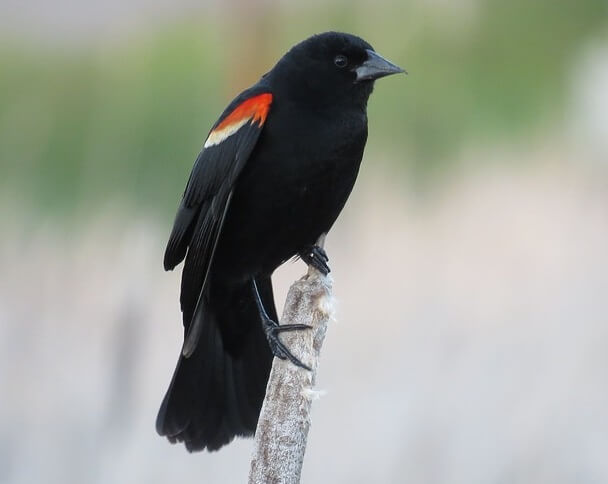
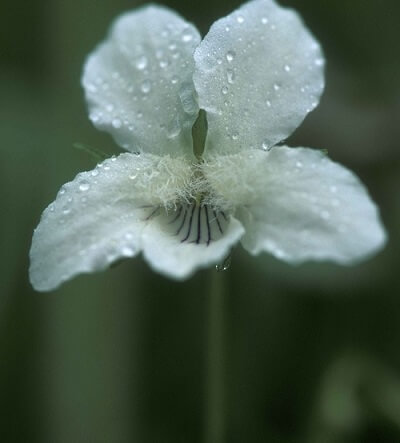
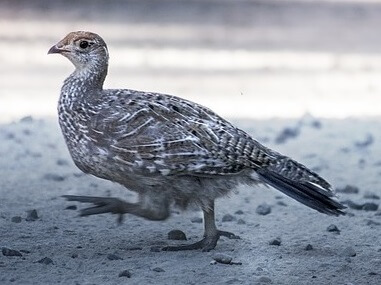
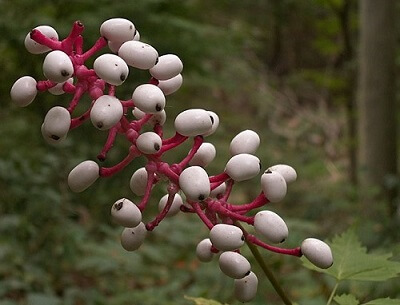
 Plant Nature Study I
Plant Nature Study I
Plant Nature Study I
Plant Nature Study I

Study the lesson for one week.
Over the week:
Poisonous Plants:
Some toxic plants closely resemble harmless, edible plants.
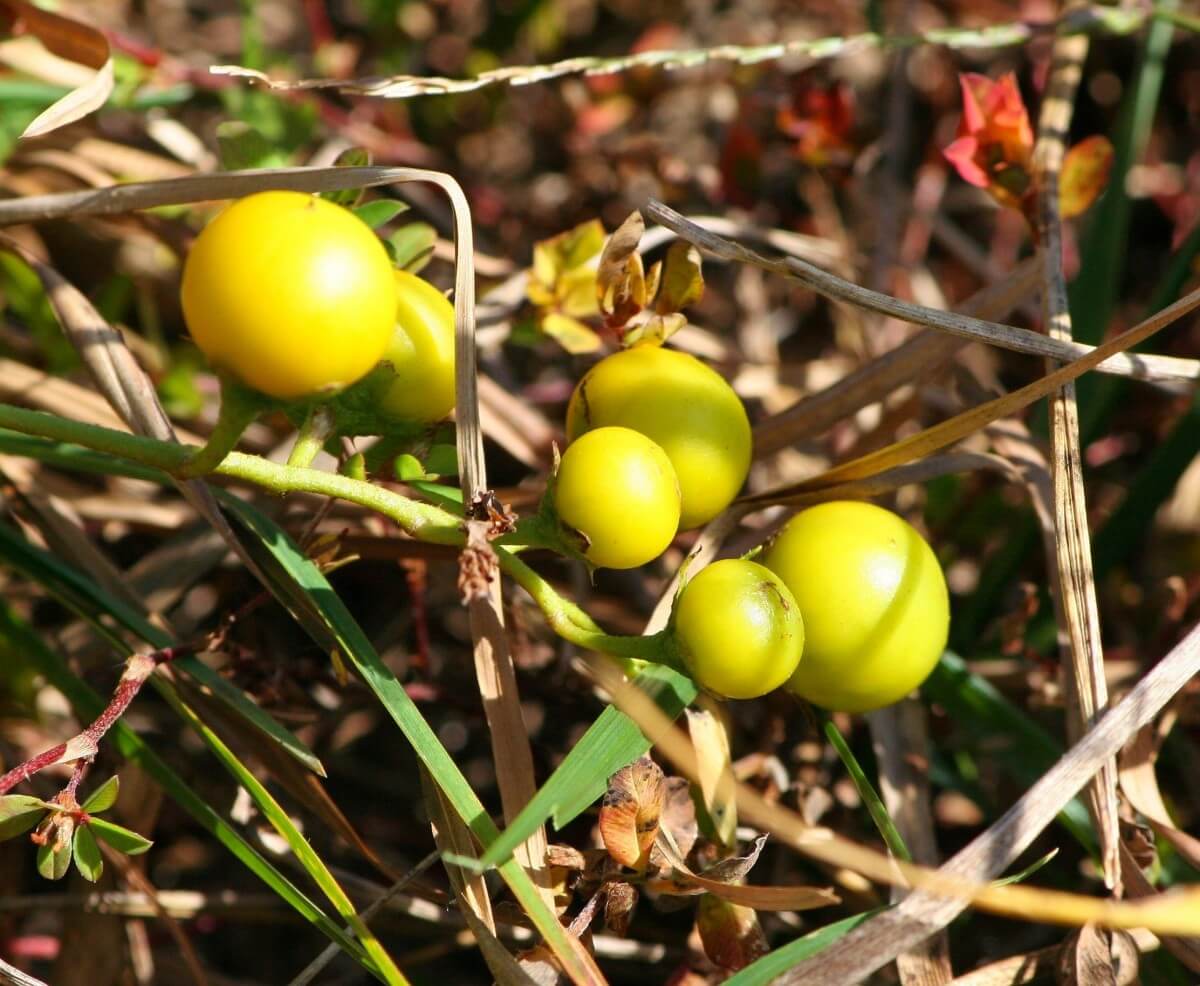
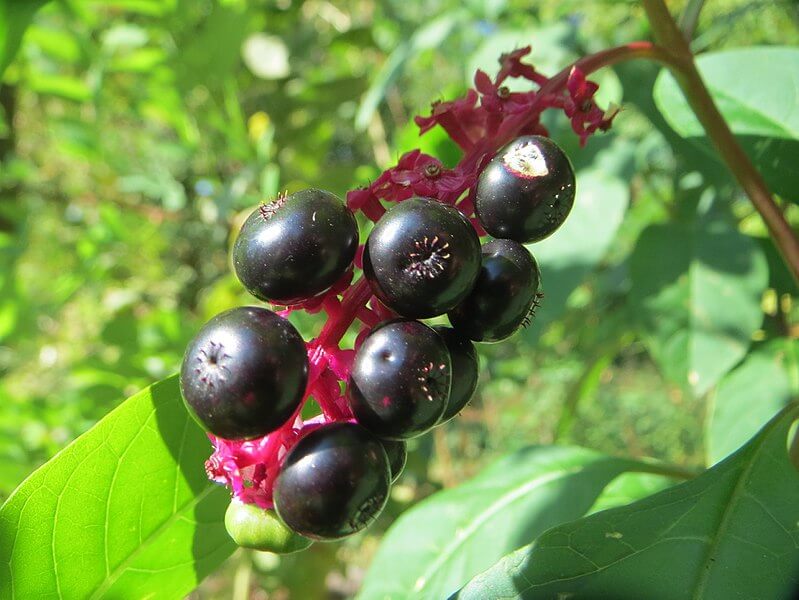
Activity 1: Narrate the Story
Activity 2: Can You Find It?
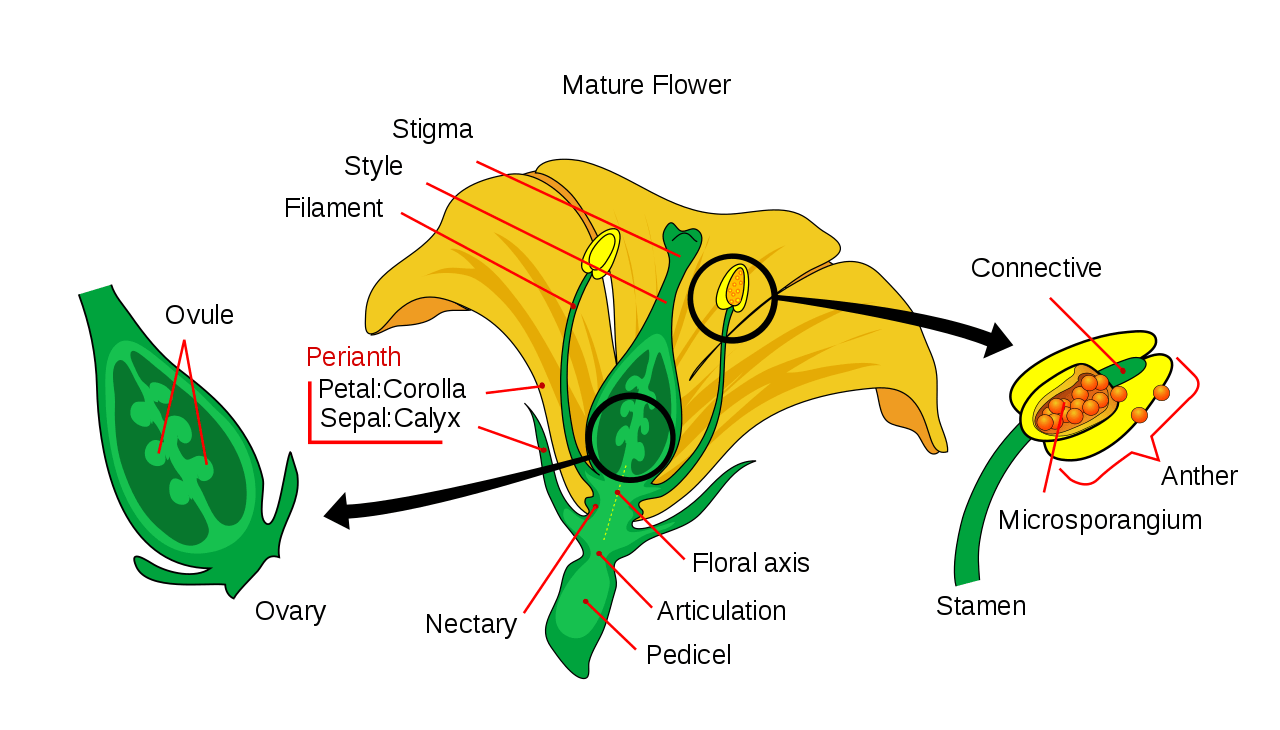
Activity 3: Take a Nature Walk, Visit a Flower Shop, or Research Online - Find a Plant Growing Berries
Activity 4: Complete a Field Book Entry

After your nature walk, complete page 11 in 'Science Field Book for Third Grade.'